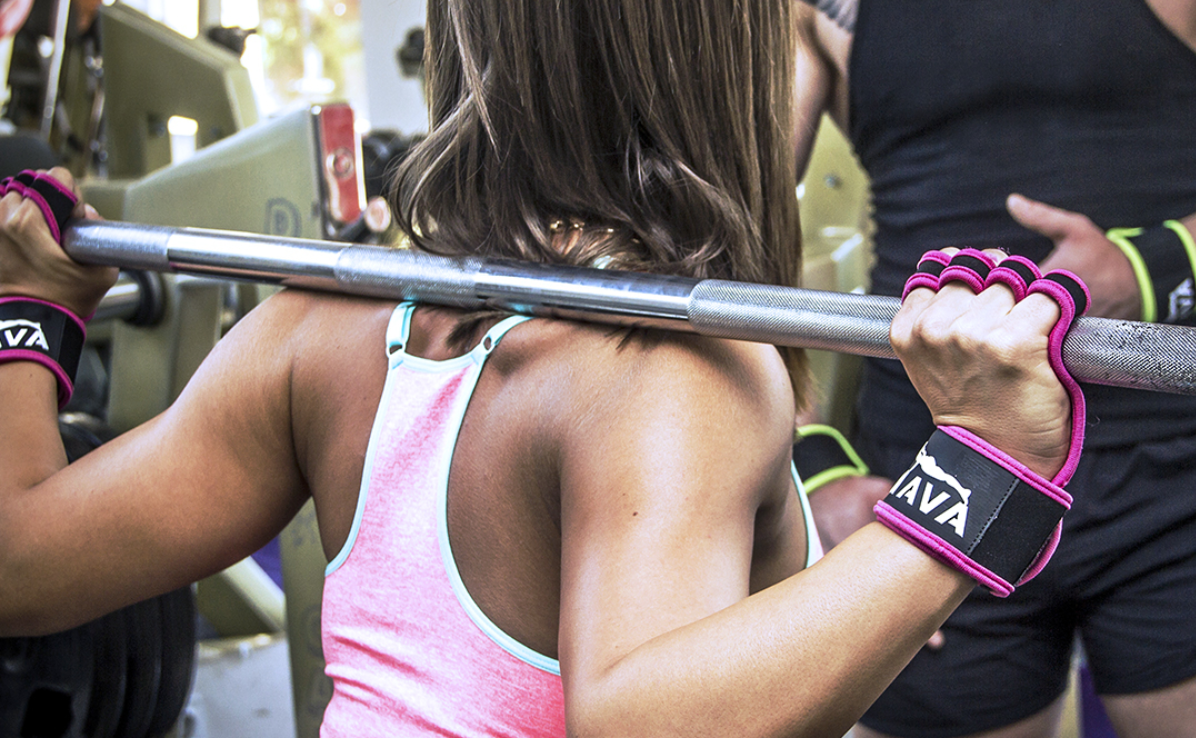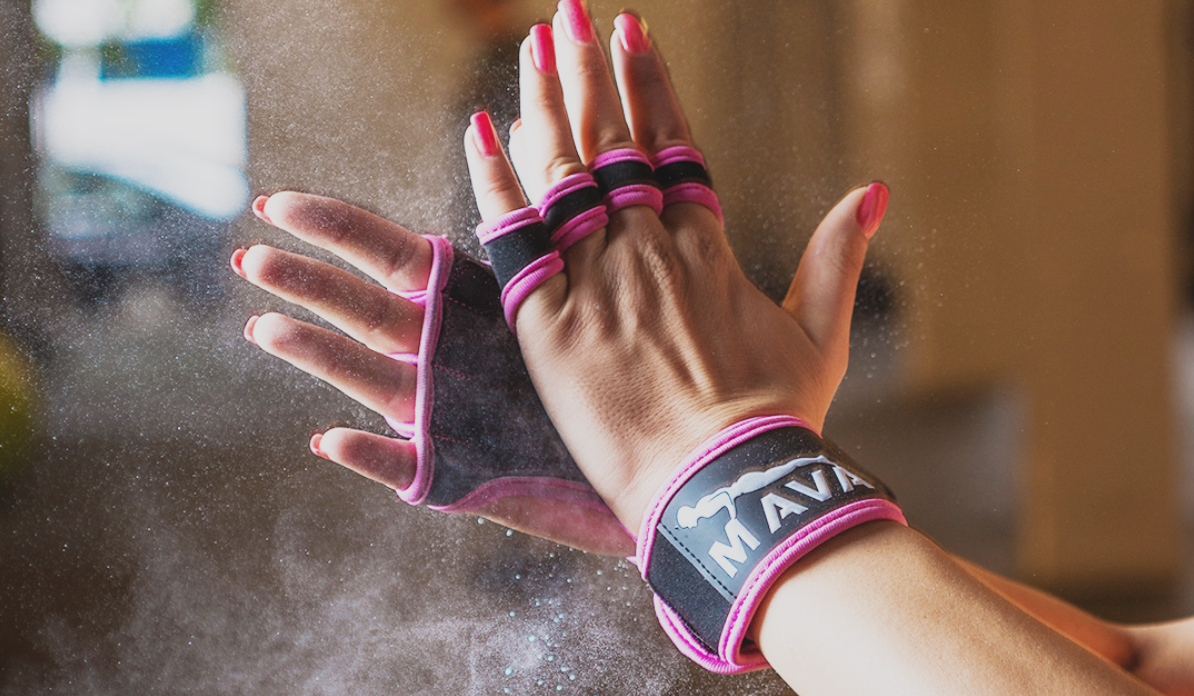In the late hours of Dec. 31, as the clock wound down on 2016, Vali Vetan found himself at a New Year’s Eve party he had no plans to attend.
You could forgive him for being in no mood to imbibe. A brilliant software developer, Vetan was a programming wunderkind from Romania, a sought-after talent that for the previous ten years had been snapped up for remote work by a wide berth of high-paying American clients.
This meant keeping hours in line with the U.S. workday. This meant a lifestyle nearly backward from those of friends and family in Deva, a mid-size city some five hours inland of Bucharest.
But with only the desire to catch up on rest as the midnight countdown neared, Vetan instead was confronted by a neighbor’s friendly plea. “Hey,” Mircea Joian, the founder of workout gear maker Mava Sports, asked him. “Why not join us?”
What followed, in order, were:
- A reluctant yes
- An unexpected six-hour chat, long into the morning
- A business proposal
- A life changed
It was all so fast. And yet, to Vetan, it all made sense. Among the bustle of a New Year’s celebration he was not supposed to be at, the coding whiz couldn’t believe that he was about to drop everything to join the hyper-competitive world of health and fitness ecommerce.
Insight and imagination
Keep reading to find out how Mava Sports grew from a conversation to six-figure Amazon seller … to a multi-million-dollar brand.
But for the latest on fitness ecommerce at large, download The Health & Wellness Industry Report.
Five Grand Made a Brand
Mava Sports began, as many businesses do, with a loan.
It was only $5,000, but in that modest sum was enough for Joian to pursue two modest things: registration into an online course to learn how to sell on the Internet, and a first run of product with the little bit of dough he had left over.
Such were this company’s humble beginnings, but you would be wise not to dismiss its early ambition. No matter its size at start-up …
Mava Sports was out to be tougher, stronger, and pack more punch than the established players in its industry.
Timing was on its side. Joian, who was soon joined by his business partner Alexandru Jurca, seemed to launch Mava Sports at a fitting moment. In 2015, his exercise gear – including compression shirts, knee sleeves, and workout gloves – captured what was still the height of the CrossFit movement.
The company became a hit first on Amazon, where it used detailed listing descriptions and meticulous keyword placement to consistently rank at the top of its industry product searches.
It was no matter that its name was brand new. Only ten SKUs was enough for Mava Sports to find commercial success on Amazon, reaching $300,000 in sales its first year alone.

Growth skyrocketed in year two, all the way up to $2.5 million, and yet even with this incredible start-up triumph, there was more Mava Sports wished to achieve.
Selling on Amazon was all well and good, but Amazon had in some ways become synonymous with merely products. Mava Sports felt it offered more than commodities.
It wanted to become its own brand.
Growth Beyond Amazon
If Mava Sports was truly going to step out of Amazon’s shadow, the company believed there was only one place it should turn.
With Shopify, Mava Sports built for the first time its own website, where of course it could sell. But the primary attraction was to find an ecommerce partner that would enable greater control of its brand message and experience.
When Vetan joined the company, the programmer in him began to nod along with many of Shopify’s features.
“From a developer point of view, it makes it really easy for you not to mess things up,” he says with a laugh. “For someone that’s starting in this field of ecommerce, it’s actually cheaper because you don’t need to buy a content delivery network. You don’t need to buy a developer. You don’t have to stay busy looking for teams. You have it all in one place.”

A backend on relative autopilot fostered an environment where Joian, Jurca, Vetan, and their team could direct their gaze on how Mava Sports could take its next step upward.
There was one goal that made itself crystal clear … grow faster.

Page Loads 5X Faster than Before
As Mava Sports branched out into its own digital destination, it wanted — above all — hyper-fast ecommerce site performance and page speed. Like its customers, pounding away in gyms across the world, the company set about trimming down and becoming more efficient.
Vetan oversaw an almost total stripping of how Mava Sports loaded, optimizing its responsiveness by removing as many apps and plug-ins it could without compromising user experience.
Only icons used on the actual site were scheduled to load upon launch, and even those utilized the LazyLoad script to appear once the page was rendered. Some features, like support chat, would appear on the site but only be prompted to load fully when a user clicked on them.
Nothing was sacred, and Vetan was able to customize most every part of the site to have it load just the way he desired.
It was a backend overhaul, a systematic, precise rebuild that might have read like Arabic to those without a software developer’s skill set.
“We optimized the delivery of CSS, Java Script, fonts, and images,” Vetan explains. “For fonts we subset the open sans; this saved 500 ms. We reduced the number of file requests and loaded the scripts only after the user got the necessary files to render the page.”
But you needed no coding knowledge to pick up the difference it made.
On average, Vetan measured, Mava Sports’ pages were loading almost five times faster than they had prior.
What’s the fuss over a second or two? According to Kissmetrics, even a one-second delay in page response can hammer your conversion rate by 7%. For an ecommerce site making $100,000 per day, that one-second hitch could cost $2.5 million in lost sales every year.
“You can have the best advertising,” Vetan says, “but if the people don’t wait for the page to load, it’s useless.”
Them’s Fightin’ Words
Armed with a backend that had grown lean and mean, Mava Sports was emboldened.
Over Black Friday Cyber Monday, the company savored a near-7% customer conversion rate on its website and figured its new settings resulted in a three-fold return on its Facebook ad spend.
The feedback was difficult to ignore, and so, too, was what its future might hold. In truth, the decision makers at Mava Sports feel it is just scratching the surface.
Product-wise, there are leaps still to be made. What is better than kick-ass fitness gear is kick-ass fitness gear that can also be upsold and cross-sold with a variety of related products, such as water bottles or gym bags, to be more comprehensively rolled out soon.
Or what about women?
In its current form, Vetan gauges that Mava Sports’ customer base is about 80% male. Apparel for women is a logical extension, more firepower that will allow this brand, such a player in compression sleeves, knee braces, and similar gear often concealed by other garments, finally room to breathe.
“We’d like to take the brand out of the gym,” Vetan says. “Out from under the clothes.” (Left unsaid here is the further opportunity, should the company choose, to leverage its branding through social media influencers, which fellow Shopify merchant Gymshark has done to fantastical results.)
Goals are lofty.
In 2017, Mava Sports pulled in $8.1 million in revenue, and in 2018 the company will set without reservation monthly revenue targets of $1 million per month through its website.
Even for a brand that has proven year-over-year growth numbers in excess of 700%, there is no shame in this game.
“We think we do a good job,” Vetan says, “so why not?”

A Personal Nod from Facebook
This company’s confidence is rooted in reason.
Last October, Mava Sports’ co-founders Joian and Jurca travelled to Prague under the personal invite of Nicola Mendelsohn, Facebook’s head in Europe, Africa, and the Middle East. Over a dinner with a small group of other business leaders, Mendelsohn wanted to congratulate her guests for the unique and effective ways they had been using the social network for ecommerce.
Joian and Jurca couldn’t help but relish that their peers at the event all came from large, multinational corporations. It told the Mava Sports co-founders that their business of 25 staffers had earned a place at the big table.
“You know you made it,” Joian cracked on Instagram, “when Mark (Zuckerberg) pays for your dinner.”

What a turn it has been for Vetan. Not only is his Deva apartment still door-to-door from Joian’s, but they are identical units, geometrically symmetrical in every way.
Vetan almost can’t believe the fortune. If he’s being honest, considering the competitiveness of the health and fitness ecommerce space, he may never have dreamed such success was possible for Mava Sports.
And yet, here he is, a former hired software gun now part of something larger. “It feels way better,” he says. “I don’t consider it work as long as I do it out of pleasure. I think there’s the saying: ‘If you enjoy it, it’s not work.’”
Read more
- Why Marshawn Lynch Chose Shopify Plus to Power His Flagship Store Two Days Before Retiring from the NFL
- Revenues Spike After Showcase Integrates Their Proprietary Technology With Shopify Plus
- How 2 Chainz Sold $2.1 Million of Ugly Santa Sweaters in 30 Days
- How RIPT Apparel Turned $3,000 Into $4 Million Selling One T-Shirt At a Time
- How Bohemia 4X’d Sales After Migrating & Supports the Survival of Artisan Crafts
- How Discount Hockey Lifted Mobile Conversions 26% and Uses Shopify Plus to Sell On & Off the Ice
- How ORO LA Became a Multi-Million Dollar Fashion Brand in Two Years by Fueling Shopping on Instagram with “Imagination”
- How Two Military Wives Grew Their Remote Manufacturing Company 1,273%
- At $15M in Sales, Red Dress Boutique Saves $100K & Grew Double Digits YoY
- Shopify vs. Magento 2023 — Which Platform Is Best for You?



